How Is Conversion Rate Calculated: Your Complete Guide to Measuring Business Success
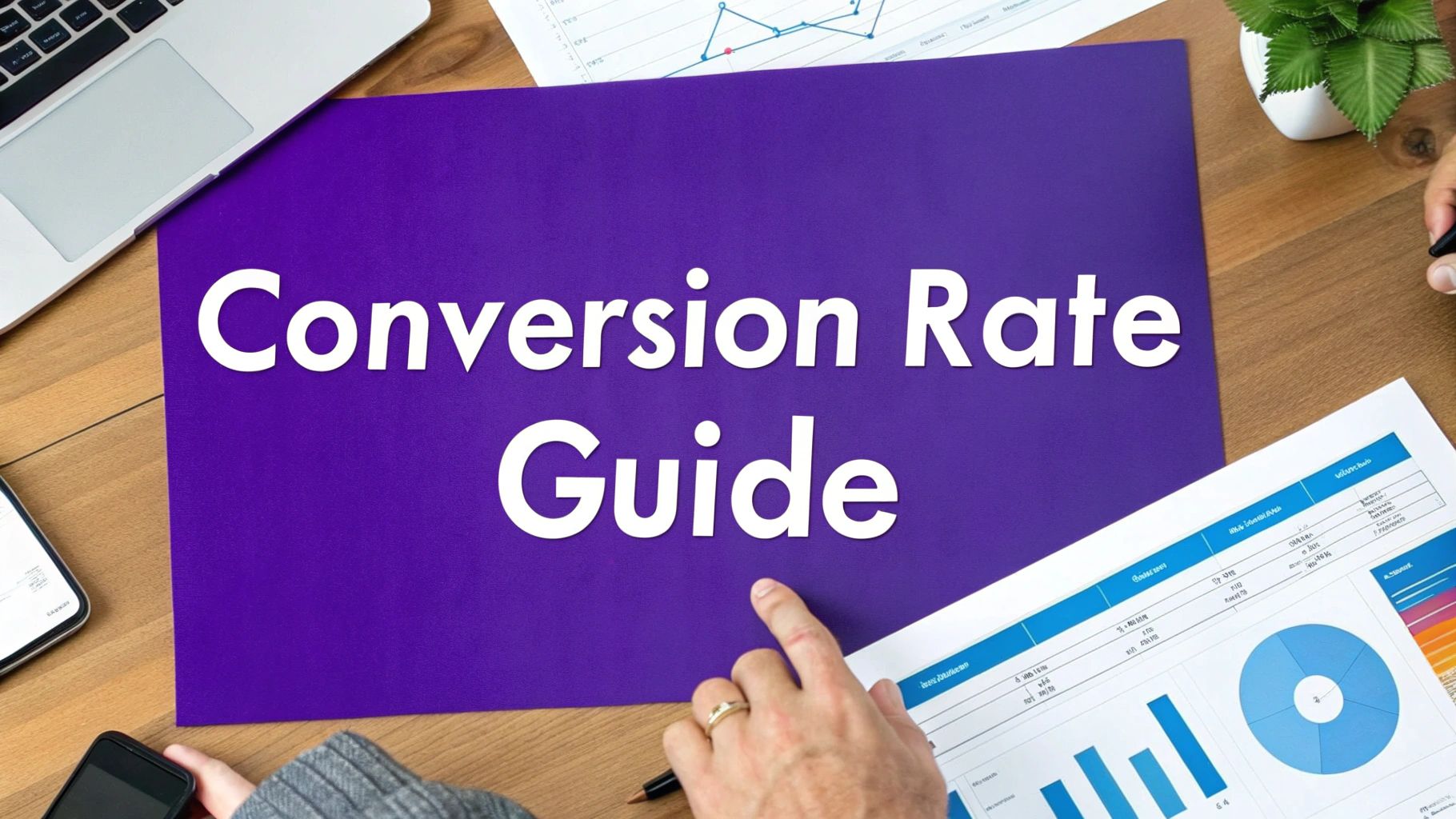
Understanding the Art and Science of Conversion Rates
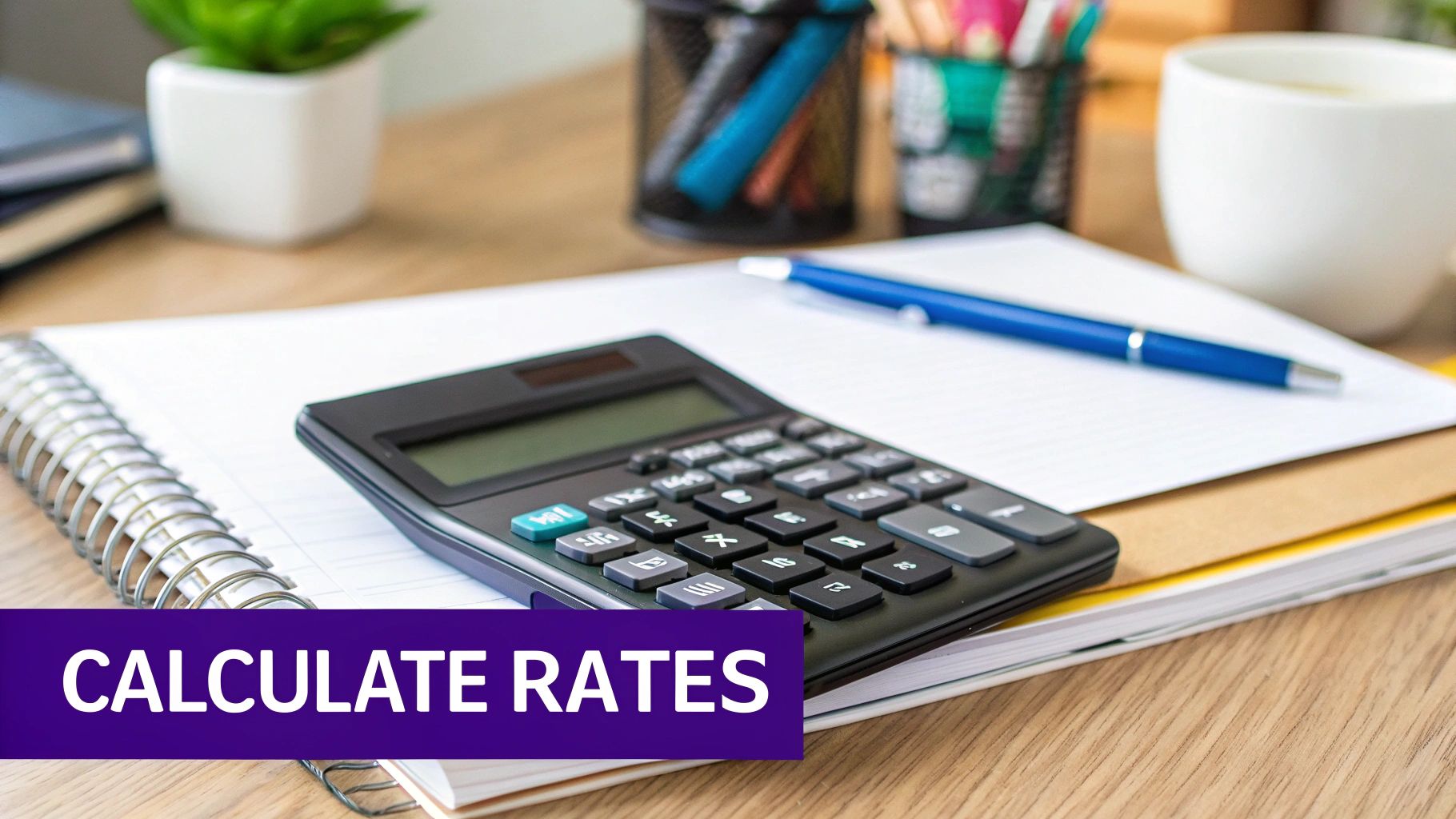
Every online business needs to track how well they turn visitors into customers. Conversion rates show us the percentage of website visitors who take desired actions - whether that's making a purchase, signing up for a newsletter, or requesting more information. Understanding these numbers helps businesses make smart choices about how to grow.
What Counts as a "Conversion"?
The meaning of "conversion" changes depending on your business type. For online stores, it usually means completing a purchase. Service businesses might count filled contact forms or scheduled calls as conversions. Software companies often look at free trial signups or demo requests. The key is picking conversion goals that match what your business needs to grow.
How to Calculate Your Conversion Rate
The math behind conversion rates is simple but powerful. Here's the basic formula: Conversion Rate = (Number of Conversions / Total Number of Visitors) x 100. Let's look at a real example: If an online shop gets 12,355 visitors and 181 people buy concert posters, their conversion rate would be 1.46% (calculated as 181 ÷ 12,355 × 100). Learn more about conversion calculations here.
Why These Numbers Matter
Your conversion rate tells you how well your website and marketing are working. Low numbers often point to problems with your site design, user experience, products, or marketing message. When conversion rates are high, it means you're connecting well with your audience and making it easy for them to take action.
Looking at User-Level Conversion Rates
While many businesses focus on session-based conversion rates, it's also helpful to look at user conversion rates. This shows how many individual people convert over time, even if it takes them multiple visits. This view is especially useful for businesses with longer sales cycles where customers need time to research and decide. Looking at both metrics gives you a fuller picture of how well you're turning visitors into customers.
Mastering Advanced Sales Conversion Metrics
Tracking basic conversions is just the start. To get the most value from your sales pipeline, you need to dig deeper into specific performance indicators that reveal where you can make real improvements. Understanding these key metrics helps sales teams identify exactly what's working and what needs attention.
Pipeline Conversion Rate: Measuring Sales Efficiency
The pipeline conversion rate (PCR) shows how well your team converts opportunities into closed deals. Calculate it by dividing closed deals by total pipeline deals and multiplying by 100. For example, if your team starts with 200 deals and closes 50, your PCR is 25%. A low PCR often points to problems with lead quality, sales processes, or product fit. Learn more about pipeline conversion rates.
Lead-to-Opportunity Ratio: Qualifying Your Leads
The lead-to-opportunity ratio tells you how many leads become real sales opportunities. Work this out by dividing qualified opportunities by total leads. When this number is high, it means your marketing is bringing in the right kind of leads. A low ratio suggests you may need to adjust your targeting or improve how you nurture leads. This helps focus your efforts on prospects most likely to buy.
Stage-Specific Conversion Rates: Finding Problem Areas
Looking at conversion rates for each sales stage gives you an even clearer picture. These stage-specific rates help spot where deals get stuck. Key stages to track include:
- Lead to Marketing Qualified Lead (MQL): Shows if your early marketing efforts work
- MQL to Sales Qualified Lead (SQL): Reveals how well sales teams screen marketing leads
- SQL to Opportunity: Indicates success in turning qualified leads into real deals
- Opportunity to Close: Measures your ability to win deals
By checking these rates regularly, you can quickly spot and fix issues at any stage. This targeted approach helps you use your resources wisely and get better results.
Data-Driven Decisions for Sales Success
Smart sales teams use these detailed metrics to guide their strategies. Understanding pipeline conversion rates, lead quality ratios, and stage-by-stage performance helps pinpoint exactly what needs work. Rather than guessing, teams can make informed choices about where to focus their efforts. Regular monitoring of these metrics helps teams adapt quickly and keep improving their results over time.
Avoiding Critical Conversion Calculation Pitfalls
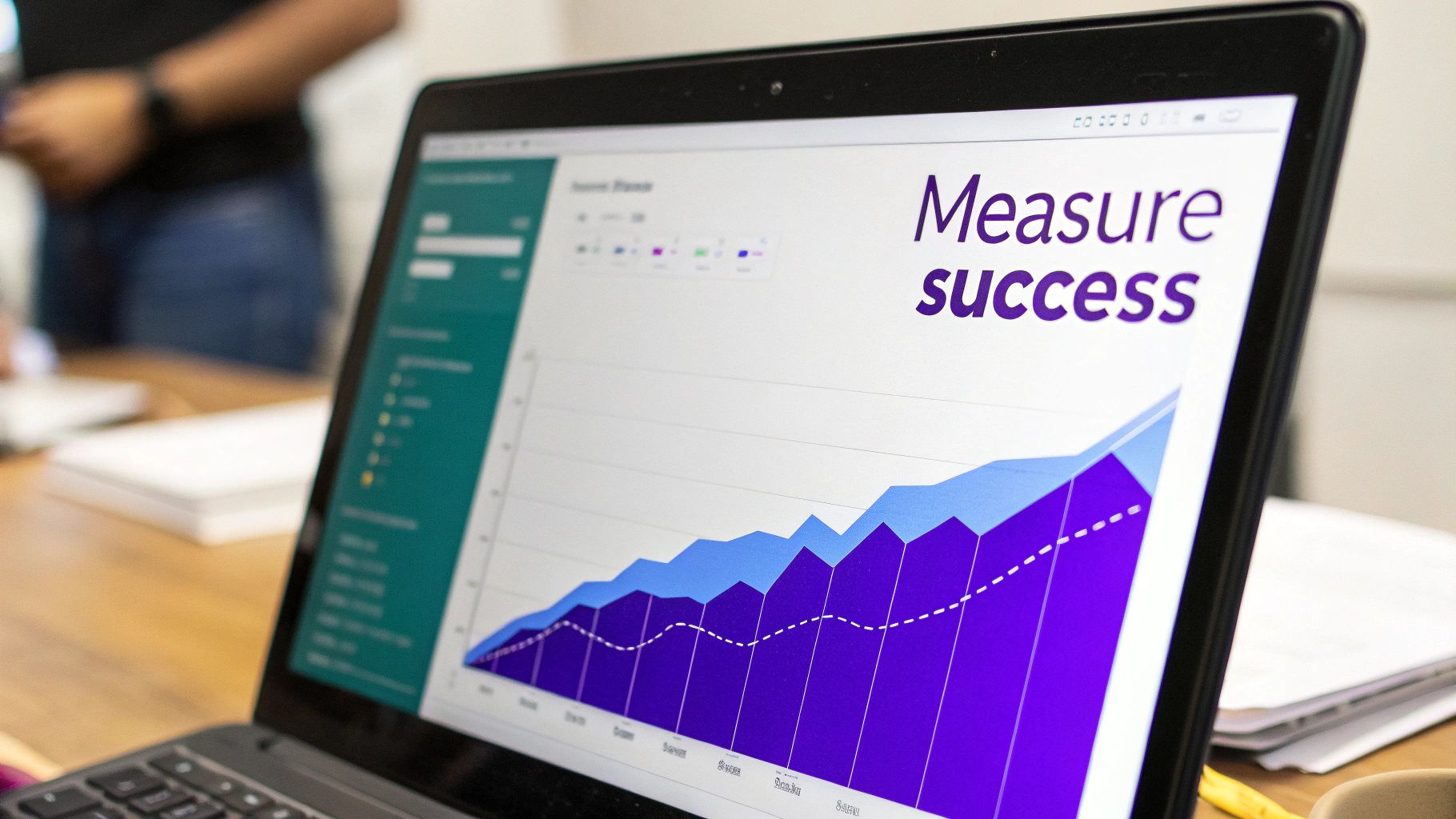
Getting your conversion rate calculations right is key to understanding how well your business is doing. Unfortunately, several common mistakes can throw off your data and lead you down the wrong path. Let's look at the main pitfalls to watch out for and how to avoid them.
The Danger of Inaccurate Data
Bad data is one of the biggest problems you'll face. This often happens when tracking isn't set up properly, different platforms show different numbers, or simple human mistakes creep in. For example, if your tracking code isn't on every page, you might miss some conversions and think your rate is lower than it really is. Double-checking your numbers against your actual sales data helps catch these issues early.
Segmenting Your Audience Properly
Not breaking down your audience into meaningful groups is another common mistake. Different types of visitors often convert at different rates. Your paid ad traffic might convert better than organic search visitors, for instance. Looking at just one overall number masks these important differences. Breaking down your data by traffic source helps you spot what's working and what needs improvement.
Attributing Conversions Correctly
Getting conversion credit right can be tricky. When someone sees your ad, visits your site, then comes back through email before buying - which channel deserves the credit? Using a multi-touch attribution model gives you a clearer picture of how different marketing channels work together, rather than just crediting the last click.
Understanding User Behavior
Missing key user behavior patterns can lead to wrong conclusions. High shopping cart abandonment rates might point to checkout problems, but you won't know unless you're tracking this behavior. Tools that show how people use your site, like heatmaps and session recordings, can reveal valuable insights about where visitors get stuck.
Maintaining Data Integrity for Accurate Insights
Getting good data means regularly checking your tracking setup, looking at different audience segments, and watching how people use your site. This helps you catch problems early and make better decisions. The more accurate your conversion data, the better equipped you'll be to improve your marketing and grow your business. Just remember - your conversion rate calculations are only as good as the data behind them.
Taking Your Website Analysis to the Next Level
Understanding how visitors become customers is essential for any online business, especially e-commerce shops on platforms like Etsy. The good news is there are helpful tools that make tracking and analyzing this data much simpler, giving you more time to focus on growing your business.
Making the Most of Google Analytics 4
Google Analytics 4 (GA4) helps you track both session conversion rates and user conversion rates. Session rates show how many visits led to a purchase, while user rates tell you how many individual people bought something, no matter how many times they visited. Think of it like having a detailed sales report that shows both total transactions and unique customers.
Creating Custom Reports That Matter
While the standard GA4 reports are useful, custom explorations let you dig deeper. You can mix different metrics to answer specific questions about your business. For example, you might want to see which marketing channels bring in customers who spend the most. It's like having a custom dashboard that shows exactly what you want to know.
Connecting Your Tools Together
When you connect your analytics with your Customer Relationship Management (CRM) system, you can see the complete picture of how leads become customers. This helps you understand which marketing efforts actually result in sales, so you can make smarter decisions about where to spend your budget.
Finding the Right Tools for You
The tools you need depend on your goals. GA4 works well for tracking basic website traffic and sales. For more detailed insights like A/B testing, look into specialized conversion rate optimization (CRO) tools. These tools can show you exactly how people use your site and suggest ways to improve it.
Making Sure Your Data is Accurate
Good data leads to good decisions. Take time to check your tracking setup regularly, organize your audience segments properly, and consider how different marketing touchpoints work together. Think of it like keeping your business dashboard well-maintained - when everything is working correctly, you'll have reliable information to help grow your business.
Implementing Data-Driven Conversion Optimization
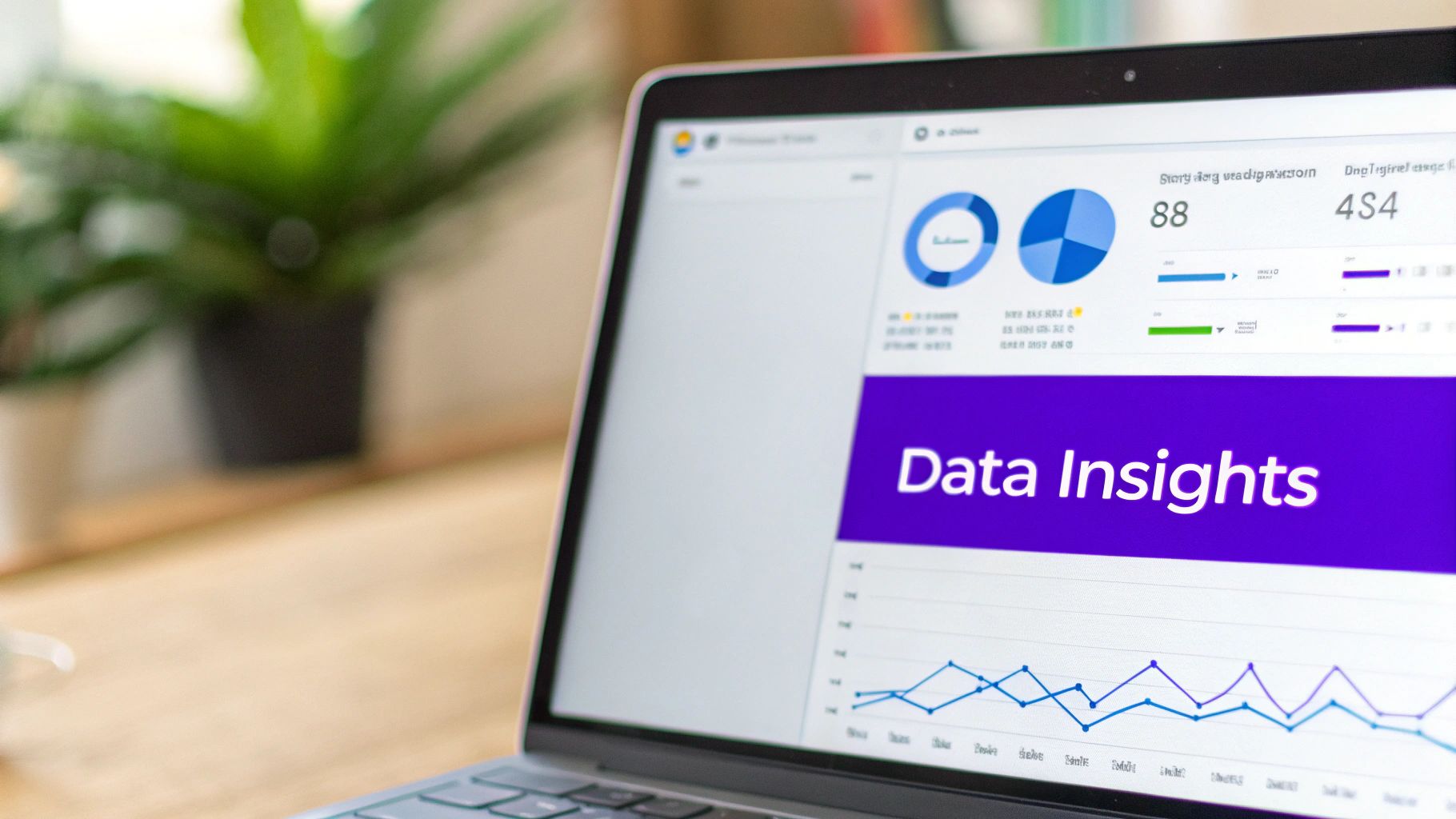
Understanding your conversion rate is just the beginning. The real magic happens when you use this information to improve your website and increase sales. Let's explore how to analyze your data, test different approaches, and keep making your site better.
Identifying and Eliminating Conversion Barriers
Smart businesses do more than just track their numbers - they actively look for what's stopping visitors from becoming customers. A low conversion rate could mean several things:
- Confusing checkout process
- Slow loading pages
- Unclear call-to-action buttons
Finding these friction points is essential. Tools like Hotjar help you see exactly how people use your site through heatmaps and session recordings, making it easier to spot problems.
The Power of A/B Testing
A/B testing lets you make decisions based on real data instead of guesses. Here's how it works:
- Create two versions of a webpage
- Change one element (like button color or headline text)
- Compare which version performs better
Even small tweaks can lead to big improvements in your conversion rate. The key is testing one change at a time so you know exactly what made the difference.
Interpreting Results and Implementing Changes
When looking at A/B test results, make sure the differences you see are statistically significant and not just random chance. Once you find something that works better:
- Update your website copy
- Adjust your design
- Modify your marketing campaigns
- Track the results
Building a Culture of Continuous Optimization
The most successful companies know optimization never really ends. They create a cycle of:
- Analyzing data
- Testing new ideas
- Making improvements
- Measuring results
Think of it like tuning a car - small adjustments keep everything running smoothly. This approach is especially helpful for businesses moving from Etsy to their own Shopify store. Each improvement helps you grow sales and build a stronger business.
Establishing Strategic Conversion Benchmarks
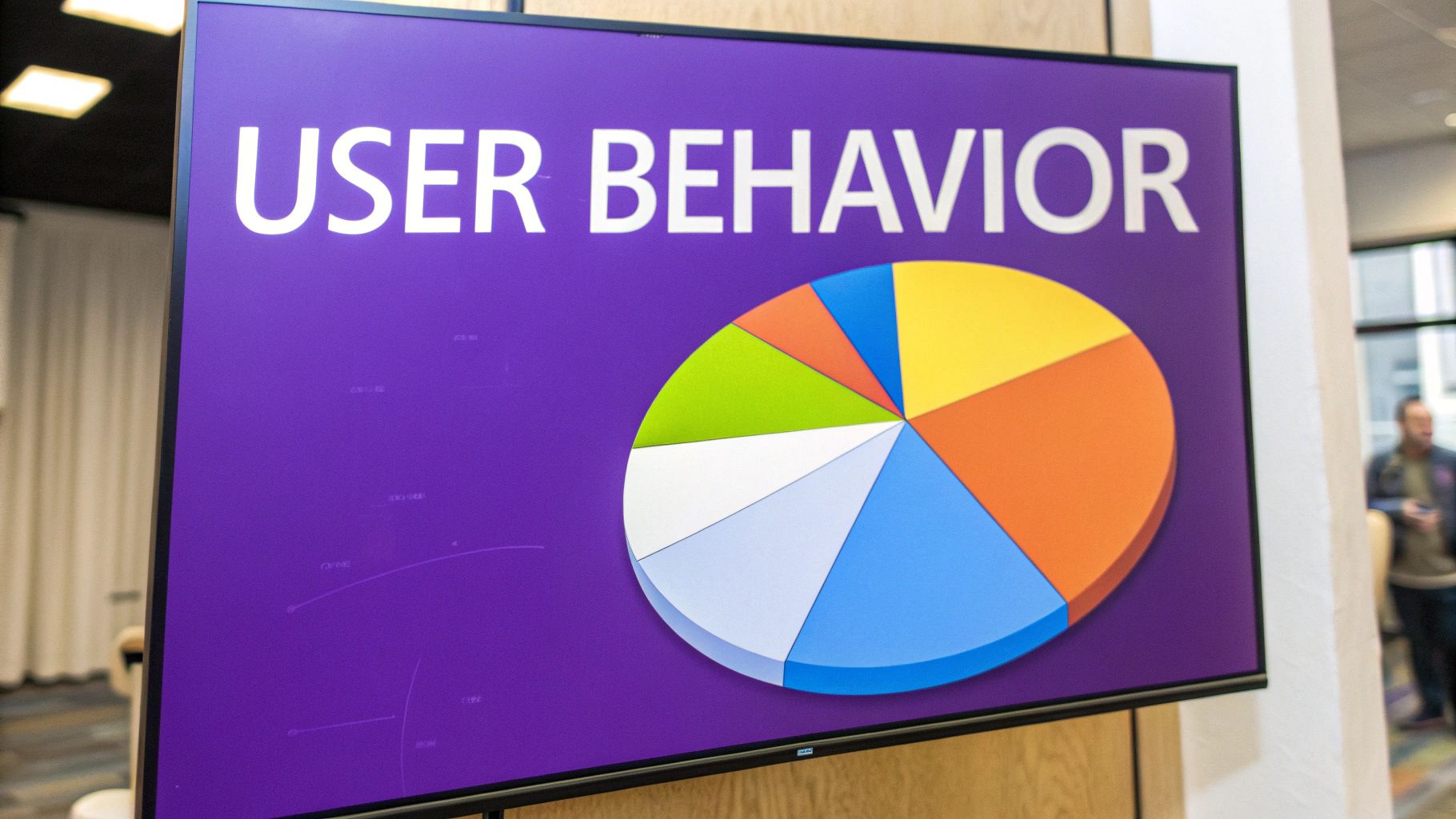
To make the most of your conversion rate data, you need more than just basic tracking - you need clear targets that make sense for your business. Let's look at how to set meaningful conversion goals that align with what you're trying to achieve.
Moving Beyond Industry Averages
While industry benchmarks can be helpful starting points, they shouldn't be your only guide. Take e-commerce sites - the average conversion rate is around 2-3%, but niche stores often see much higher numbers. Remember that "conversion" means different things across industries too. For a software company, it might be trial signups, while retailers focus on completed purchases.
Setting SMART Conversion Goals
The key is creating SMART goals - ones that are Specific, Measurable, Achievable, Relevant and Time-bound. Skip vague targets like "get more conversions" and opt for clear ones like "increase conversion rate from 2% to 3% this quarter." This gives you something concrete to work toward.
Accounting for External Factors
Your conversion rates will naturally shift with seasons and market conditions. Online stores typically see spikes during holidays, while economic downturns can cause dips across industries. Build this variability into your goals and be ready to adjust as needed.
Analyzing Your Competitive Landscape
Looking at how your competitors are doing provides helpful context. While exact numbers are hard to get, competitive analysis tools can give you a general sense. Use these insights to set realistic targets and spot opportunities to improve your approach.
Regular Goal Assessment and Adjustment
Goal-setting isn't a one-and-done task. Check your progress regularly and update targets based on your results and changing business conditions. Staying flexible helps you adapt to what's working.
Frameworks for Continuous Improvement
Build a culture of continuous improvement by using data to find ways to do better. Test different website elements, enhance the user experience, and refine your marketing. Regular analysis and tweaks help you hit and exceed your targets.
Ready to move beyond Etsy's limitations and build a thriving Shopify store? Wand Websites offers expert design, development, and optimization services tailored for e-commerce growth. Visit Wand Websites today to learn more and transform your online business.


